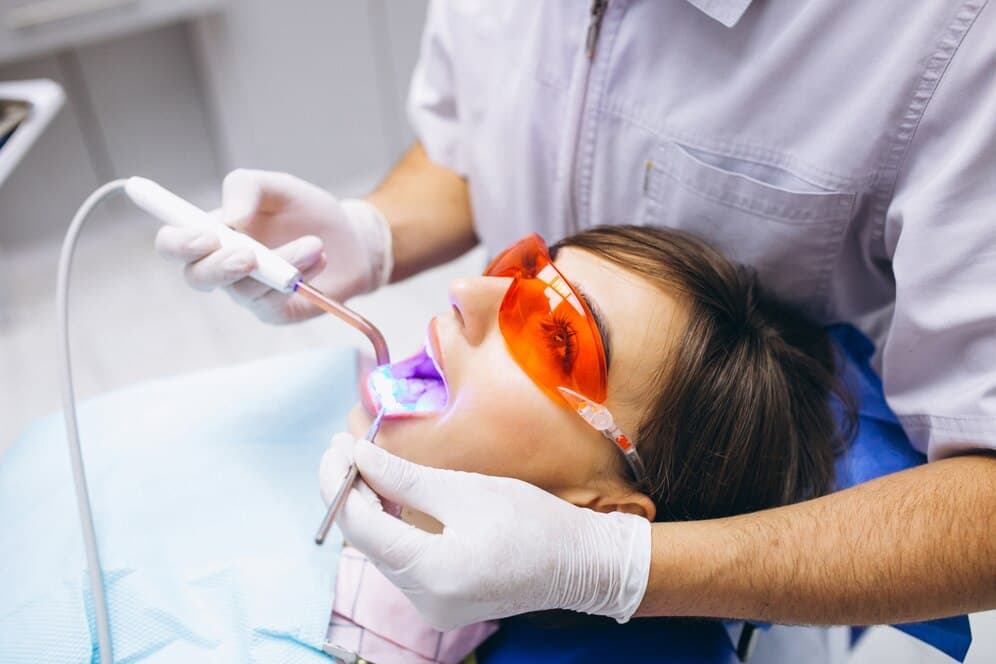Teeth whitening treatments have become increasingly popular as individuals seek brighter, more confident smiles. The desire for whiter teeth extends beyond mere aesthetics; it often reflects a person's overall self-esteem and personal care. This article delves into the various aspects of teeth whitening treatment, exploring the methods available, the science behind them, and what one can expect from the process.
Understanding Teeth Discolouration
Before embarking on any teeth whitening treatment, it is essential to understand the reasons behind teeth discolouration. Over time, various factors contribute to the yellowing or staining of teeth. Common culprits include dietary choices such as coffee, tea, and red wine, which contain tannins that can stain enamel. Additionally, smoking or tobacco use is notorious for leaving unsightly marks on teeth. Age also plays a significant role, as enamel naturally thins over time, allowing the underlying dentin, which is darker, to show through.
Moreover, certain medications can lead to discolouration. For instance, antibiotics like tetracycline can cause intrinsic stains, which are more challenging to remove. Understanding these causes enables individuals to make informed choices regarding the most suitable whitening treatments for their specific needs.
Exploring Whitening Options
When it comes to teeth whitening treatments, there are several methods available, each with its advantages and disadvantages. Professional in-office treatments are one of the most effective options. These treatments are conducted by dental professionals and often involve the use of high-concentration bleaching agents that can yield immediate results. The process typically includes a thorough cleaning of the teeth, followed by the application of the whitening agent, which may be activated by a special light.
In contrast, at-home whitening kits offer a more convenient alternative. These kits often include custom-fitted trays and lower-concentration bleaching agents. While the results may take longer to achieve compared to in-office treatments, at-home kits allow individuals to whiten their teeth at their own pace. It is crucial to follow the instructions carefully to avoid potential side effects, such as gum irritation or uneven whitening.
The Importance of Dental Consultation
Before commencing any teeth whitening treatment, consulting with a dental professional is vital. A thorough examination allows the dentist to assess the condition of one's teeth and gums, determining whether they are suitable candidates for whitening procedures. This step is particularly important for individuals with existing dental issues, such as cavities or gum disease, as these conditions may need to be addressed prior to whitening.
During the consultation, the dentist can also provide personalised recommendations based on the individual's specific needs and desired outcomes. They may suggest a combination of treatments or even alternative options if traditional whitening methods are deemed unsuitable. Additionally, a dental professional can provide insights into maintaining oral health during the whitening process, ensuring that the treatment is both safe and effective.
The Whitening Process: What to Expect
Once an individual decides to proceed with a teeth whitening treatment, understanding the process can alleviate any apprehension. For in-office treatments, the procedure typically begins with a thorough cleaning, followed by the application of a protective barrier to safeguard the gums. The whitening agent is then applied to the teeth, and the dentist will monitor the treatment closely. The entire process usually lasts between one to two hours, and many patients leave the office with noticeably whiter teeth.
For those opting for at-home treatments, the process involves more steps. After obtaining the custom trays, individuals must carefully apply the whitening gel as instructed. It is common for the treatment to be carried out over several days or weeks, depending on the desired level of whiteness. Individuals should remain vigilant, observing any sensitivity or discomfort, and consult their dentist if any issues arise.
Managing Sensitivity and Aftercare
One of the most common side effects of teeth whitening treatments is increased tooth sensitivity. Many individuals experience this temporary discomfort, particularly after in-office treatments. It is essential to be aware that this sensitivity usually subsides within a few days. However, there are several strategies to manage it effectively. Using toothpaste specifically designed for sensitive teeth can help mitigate discomfort. Additionally, avoiding extremely hot or cold foods and drinks during the initial recovery period can provide relief.
Aftercare is equally important in ensuring lasting results. Once the teeth have been whitened, individuals should adopt practices that help maintain their new smile. This includes avoiding foods and beverages known to cause staining, such as coffee and red wine, as well as quitting smoking if applicable. Regular dental check-ups and cleanings will not only help maintain the brightness of the teeth but also support overall oral health.
The Long-Term Benefits of Teeth Whitening Treatment
Investing in teeth whitening treatment goes beyond aesthetics; it can have a profound impact on an individual’s confidence and social interactions. A bright, white smile is often associated with youth, health, and vitality. As individuals gain confidence in their appearance, they may find themselves more willing to engage in social situations, whether at work or in personal relationships.
Additionally, the psychological benefits of a brighter smile can extend to improved overall well-being. Feeling good about one’s appearance can lead to enhanced self-esteem and a more positive outlook on life. Many individuals report that after undergoing teeth whitening treatment, they are more likely to smile freely, which can create a ripple effect of positivity in their daily interactions.
Final Thoughts on Teeth Whitening Treatment
In the quest for a radiant smile, teeth whitening treatment stands out as a popular and effective solution. With various options available, individuals can choose a method that aligns with their lifestyle and preferences. However, understanding the importance of professional guidance and aftercare cannot be overstated. By taking a thoughtful approach to teeth whitening, individuals can enjoy the benefits of a brighter smile that not only enhances their appearance but also boosts their confidence and overall quality of life. The journey to a whiter smile is not merely about aesthetics; it is about embracing a new level of self-assurance that comes with taking care of oneself.





Comments